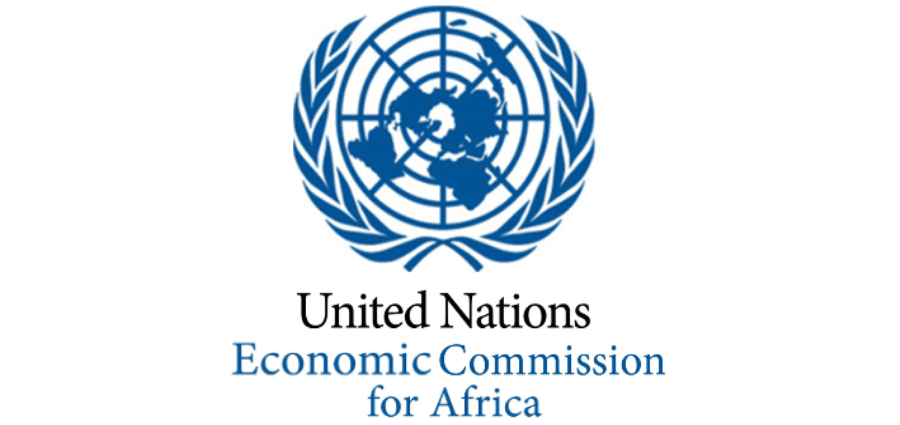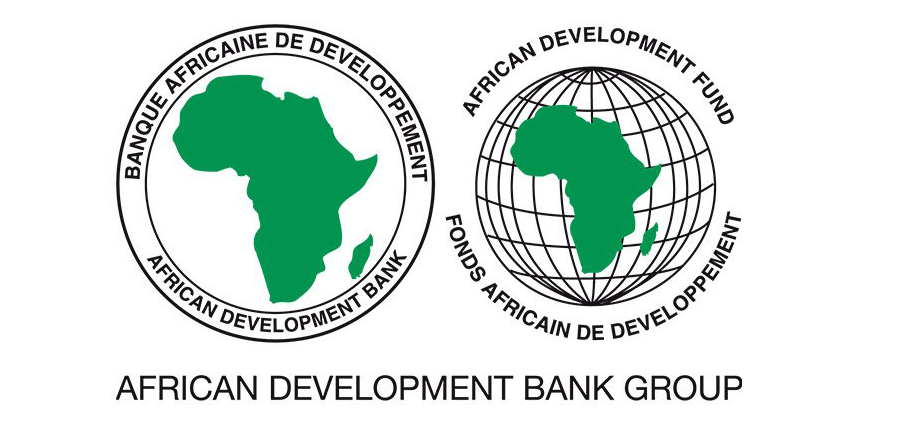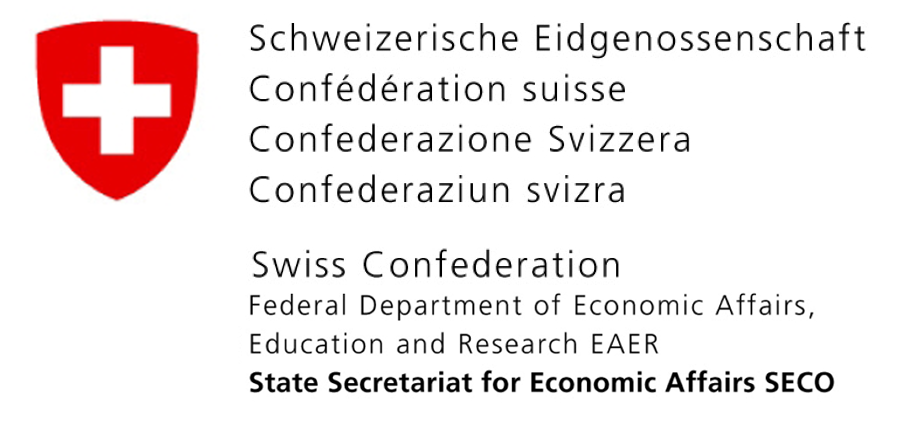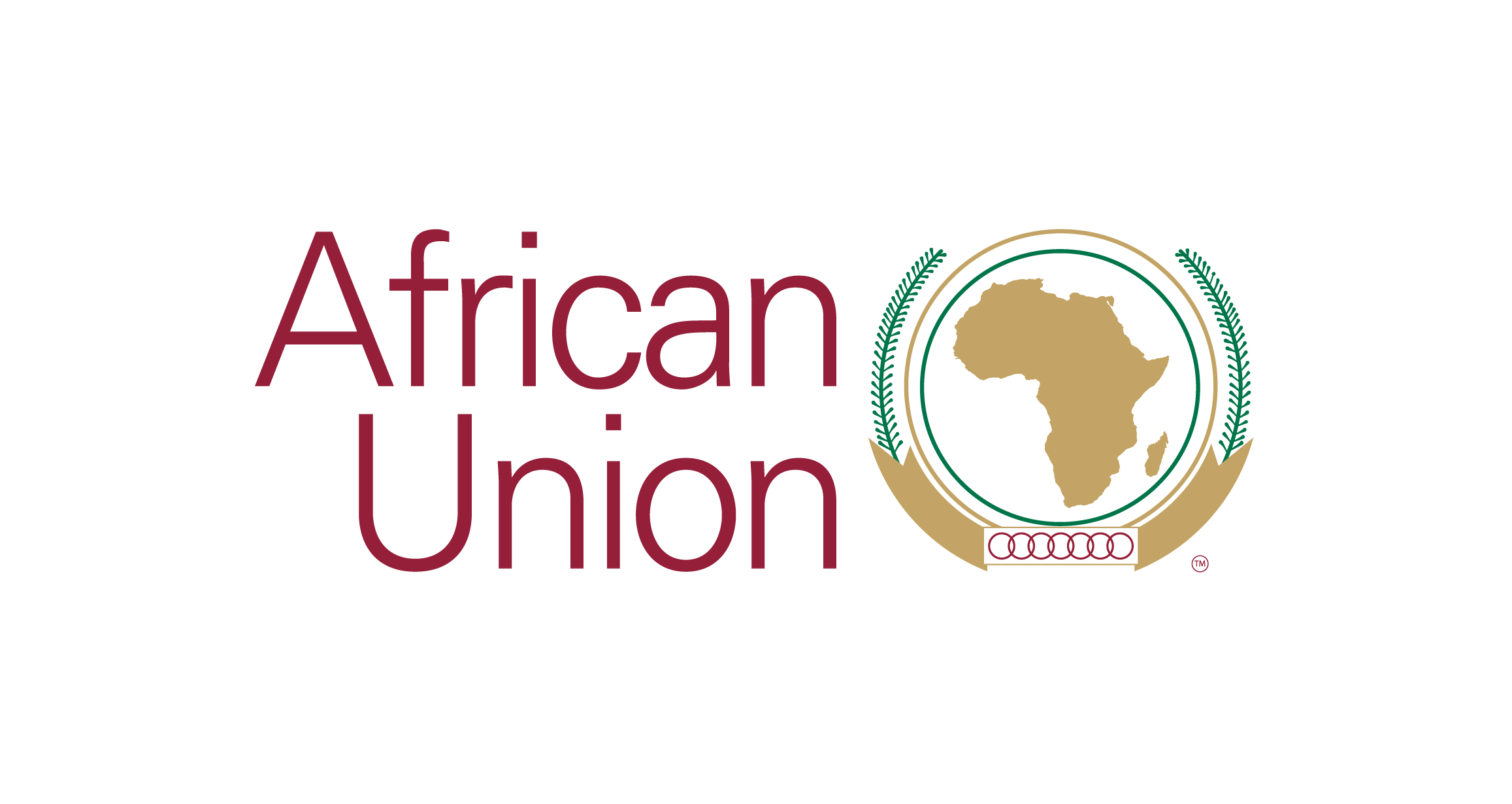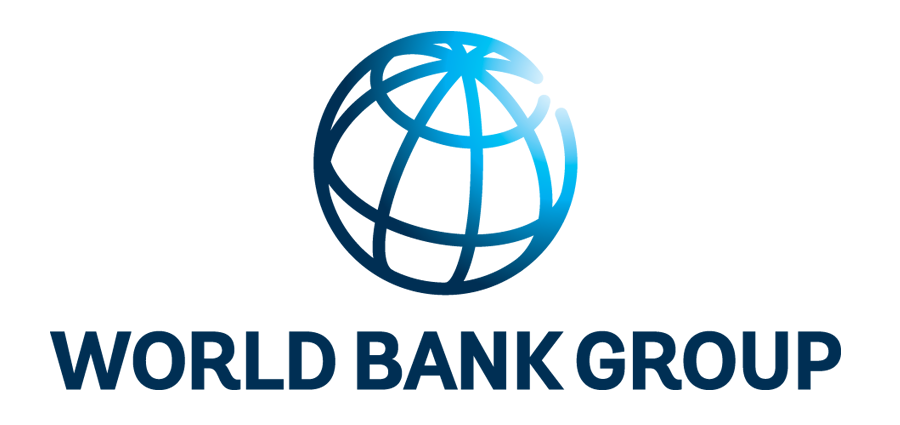Multiple Ports of Call versus Hub-and-Spoke: Containerized Maritime Trade between West Africa and Europe
Gylfi Palsson
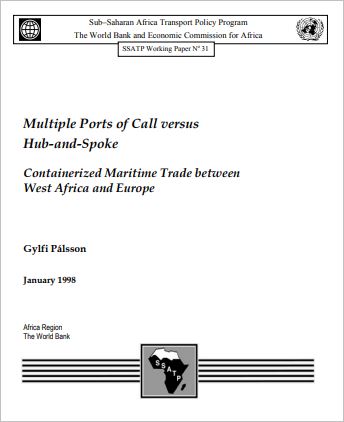
Although traffic volumes in many Sub-Saharan countries have increased significantly during this decade, containerized maritime trade in West Africa is still in its infancy. Intermodalism, which is possible through containerization, is just starting to develop, and still has a long way to go regarding physical infrastructure, inland transport, and trade facilitation.
This paper looks at the costs and benefits of a hypothetical hub-and-spoke system in the region. Examining the system from the position of the carriers, the study asks what the cost reduction would be if the route system were changed from multiport to a hub system. Primary findings show that overall cost difference between the systems is negligible. Any cost reduction achieved would only benefit the hub, while costs for other ports would increase.
Although the maritime industry can help the economic development of countries, it is not a core industry. Significant lowering of maritime transport costs can be achieved through changes in policies, processes, and procedures, and through improved management. Most of these issues can be addressed at the country level, with each country, or even individual ports, making important advancements on its own. This usually requires only a minimum financial investments, but demands massive commitment.

